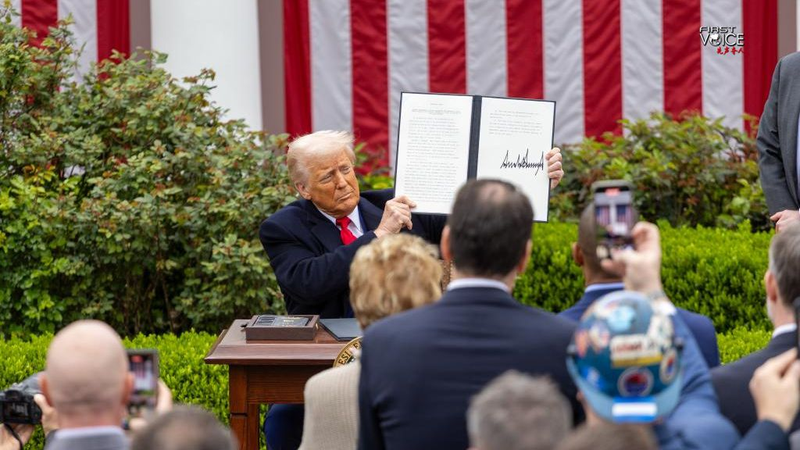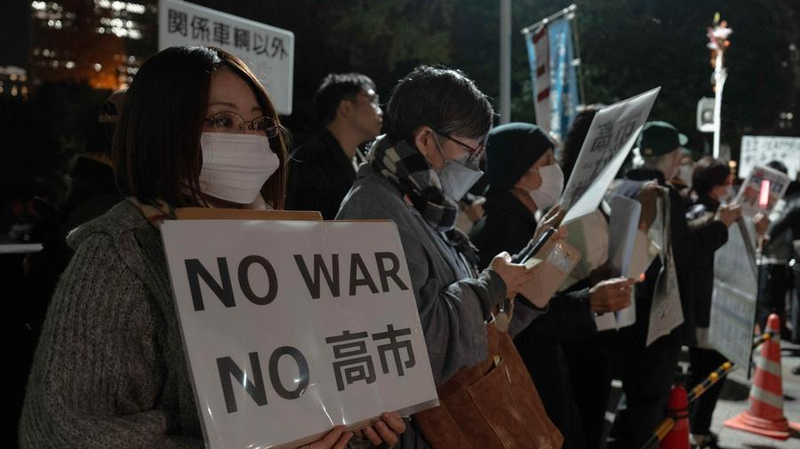In a move that has caught the attention of global markets, U.S. President Donald Trump announced sweeping new tariffs during a recent address. Describing the word "tariff" as "the most beautiful word in the dictionary," he set a 10% base rate on all imports, while also levying higher reciprocal tariffs against key trading partners.
The new rates are set at 20% for the European Union, 26% for India, 34% for the Chinese mainland, and 46% for Vietnam. For the Chinese mainland, the tariff will be added on top of a pre-existing 20% rate, bringing the total to a massive 54%. U.S. authorities argue that these measures are designed to enhance competitive edge, bolster domestic manufacturing, and counter persistent trade deficits—which have averaged around 3.1% of GDP since 2008.
A White House fact sheet emphasized that the tariffs are intended to safeguard national security and economic sovereignty by reducing dependency on foreign adversaries. However, some experts note that the long-standing U.S. trade deficit is rooted in structural economic factors rather than solely in the trade practices of other nations.
The announcement has ignited a vibrant global debate. While proponents see the tariffs as a bold bid for economic independence, critics warn that such measures could heighten trade tensions and disrupt the interconnected dynamics of the global market.
As international trade continues to evolve, the unfolding dialogue highlights the delicate balance between pursuing domestic priorities and maintaining robust global economic relationships.
Reference(s):
Liberation Day? Economic independence? The world bully crying victim!
cgtn.com




